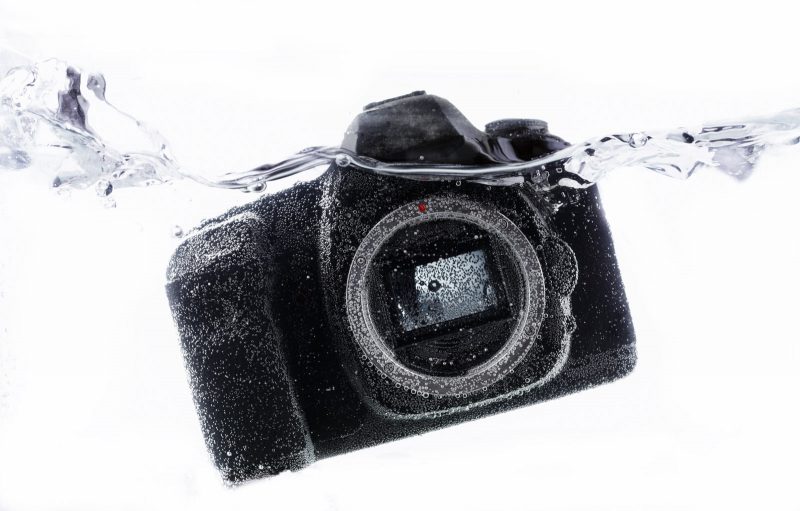Do You Need Camera Insurance as a Photographer?

A photographer packing their travel bag might have a checklist of kit to take on a trip – from lenses and filters to laptops and chargers – without sometimes seeing the bigger picture. What is your photography gear worth to you and how would you replace it? While a lost memory card might be irreplaceable, most of your gear thankfully isn’t, so it’s important to consider a photography insurance policy which can cover all eventualities.
Average equipment spend of a photographer in the last five years: £2,827.


What does camera insurance cover?
Any good photographer, whether amateur or professional, will know that their equipment doesn’t come cheap. So insurance cover that provides new for old replacements, via a policy that’s paid in monthly or annual instalments and includes accidental damage and theft, is essential. Adventurous and outgoing photographers will know that both eventualities are surprisingly common when they are distracted by chasing the perfect shot.
Another thing to think about is could there be any chance of injury to another person or damage to their property? If the answer is yes, then public liability insurance is a must, as claims against you could run into the hundreds of thousands depending on the situation. Replacement hire or temporary replacement is another feature to consider, especially for photographers who depend on their equipment for their livelihood and still need access to kit whilst their’s is replaced or repaired.
Average photographer spent on their hobby excluding equipment: £687 per year. That’s £200 more than a general hobby.
Check what the standard level of cover provides and decide whether you need to upgrade based on your circumstances. Professional photographers may want to consider professional indemnity cover, for any other staff on their books and the risks posed by their usual places of business.
How much does photography insurance cost?
It depends on the value of kit you’re looking to insure, any additional points of cover you need, plus the level of excess you’re willing to pay. To get an idea of what insuring your camera and accessories could cost, take a look at photoGuard where you can get an instant quote in seconds.
Alternatives to camera insurance
Home insurance is the main alternative to a specialised insurance policy – although check carefully what your home insurance covers, especially any exclusions and consider whether you’d want to lose your no claims bonus over a piece of camera equipment. Many home insurance policies have an upper limit to photography and video equipment which may not include the expensive lenses and accessories you may consider critical to your hobby.
When you buy your kit do check what terms of manufacturer’s warranty it comes with as this is your first solution for a faulty product. Warranties have different lengths and the option to extend so work out what you want here.
What to consider when becoming a professional photographer
38% of UK adults count gardening as one of their main pastimes – its nearest rival is photography, with over a quarter (26%) of adults counting this as one of their main leisure activities. Photographers spend on average 11 hours a week on their pastime. It is no wonder then that just under a third (29%), of photographers have considered going professional or are already making money from their hobby.
When photographers begin to make good money and turn professional, like with many amateur turned pro hobbyists, there is a considerable investment in new and crucial equipment. This will often well surpass what a basic insurance policy can cover without large excesses to pay. So it is well worth building a policy through a good insurer to protect what has now become a livelihood.
Get a specialist camera insurance quote from PhotoGuard, with 10% off for Nature TTL readers.
All stats come from Thistle Insurance Services Ltd, Guard Consumer Research 2018








